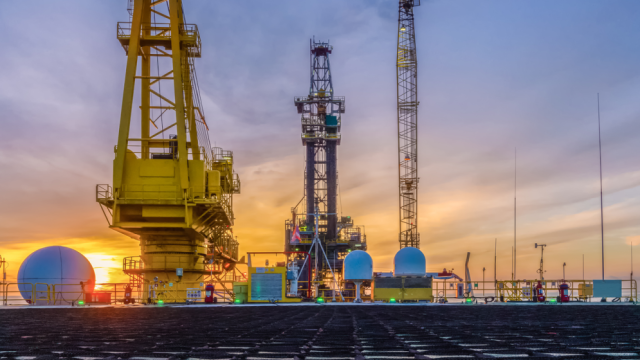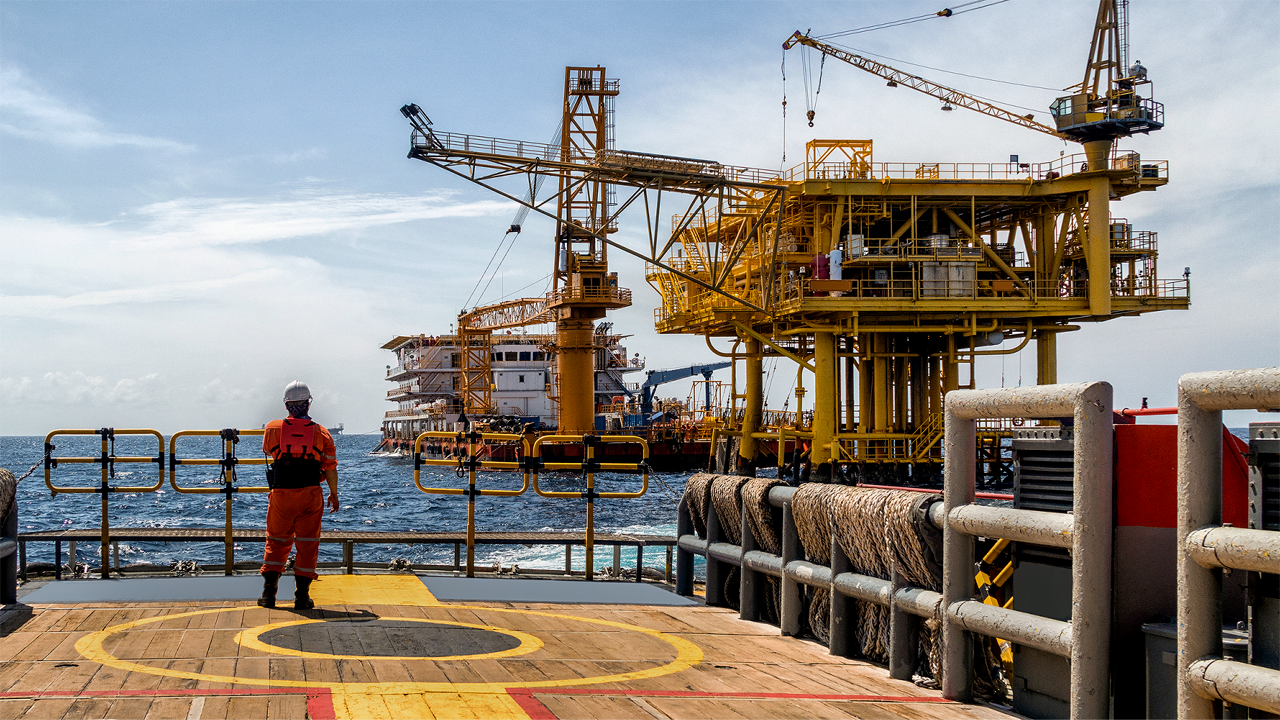
U.S. offshore natural gas and oil production is a significant source of energy for the nation and the world, which is why its safe and reliable production has become the centerpiece of the industry’s continued work on the outer-continental shelf (OCS).
It is with this focus that API’s Center for Offshore Safety (COS) is now entering its second decade of service -- promoting a culture of safety at offshore facilities through transparency and knowledge sharing.
“My mission and focus as the new COS director is on continuous improvement when it comes to making the offshore industry as safe as possible,” said Capt. Russell Holmes, U.S. Coast Guard retired, and the new director of COS. “We can lead the industry to perform optimally, and we are on the right path toward making that happen through the Safety and Environmental Management Systems (SEMS) program.”
The Foundation
COS was formed nearly a decade ago to help offshore operators improve safety, protect the environment, and increase sustainability on the OCS. To achieve this goal, COS’s Safety and Environmental Management Systems (SEMS) Certificate Program was established based on API Recommended Practice (RP) 75, Safety and Environmental Management System for Offshore Operations and Assets.
The SEMS program forms the foundation for COS’s work. Offshore operators are required by the U.S. Bureau of Safety and Environmental Enforcement (BSEE) to have SEMS in place to operate on the OCS, and COS works with these operators to establish a rigorous and effective SEMS program that achieves the goals of regulation while driving continual improvement.
To further advance the industry’s goal of safety and operational excellence, COS expanded its SEMS program this year beyond the OCS to allow any operator or contractor working offshore to earn a SEMS certificate. This expansion marks a significant change that will allow COS to more broadly impact safety and industry operations.
In support of these SEMS efforts and in accordance with BSEE regulation, COS has also created a process for accrediting independent third parties – known as Audit Service Providers (ASP) – to provide audits of individual company’s SEMS. This helps ensure that audit teams are meeting qualifications and competencies to build in an additional layer of quality assurance.
Although BSEE requires industry to adopt a SEMS program, it is COS’s work backed by API’s standards development process that drives continual improvement in the reach and effectiveness of these pivotal safety systems.

Improvement through Shared Learning
To support the overarching mission of promoting the highest level of safety through SEMS, COS develops good practice guidance documents based on the safety characteristics from BSEE’s Safety Culture Policy Statement: Leadership; Respect and Trust; Environment for Raising Concerns; Open Communication; Personal Accountability; and an Inquiring Attitude.
Recently, COS updated a good practice document on creating offshore safety procedures. This new practice, titled COS-3-06 Developing and Managing Procedures, is based on data collected from COS members since 2014. In analyzing the data, COS found that “Operating Procedures and Safe Work Practices” were cited as the most frequent area for improvement, and a perfect opportunity to further optimize the industry’s safety procedures.
In addition to guidance documents, COS also promotes learning through Safety Shares communicated directly to offshore workers. These one-page reports discuss lessons learned from incidents to encourage conversations and shared improvements. This year, alone, COS has produced 15 new Safety Shares to bolster communication, collaboration, and learning to improve industry performance.
Leading by Example
Another major component of COS’s work is related to its membership. The focus here continues to be on communication and learning to drive improvements. Members of COS commit to sharing industry data to demonstrate support for advancing safety. This is accomplished by promoting knowledge sharing and teamwork between industry members, thus improving awareness and the development of good operational practices.
To this end, operators, contractors, and suppliers are expected to work together to create a culture of safety and fostering teamwork. Additionally, operators are required to take a disciplined approach to their management systems, emphasizing safety protocols. Here members share lessons, apply industry standards and good practices, and promote continual improvement.

Looking Forward
The Center for Offshore Safety has a strong track record of working with its members, regulators, API standards, and the entire stakeholder community to enhance the safety of the industry. COS has established itself as a leader in creating good practices and fostering communication to advance a culture of safety across all tiers of the offshore industry. “It is our desire to remain vigilant and committed to continual improvement that will guide our activities in this next decade,” said Holmes. “I believe the industry is at its best when its aim is to achieve excellence in all that it does. And that is our goal here at COS.”
For more information on COS, membership, or safety documents, visit www.centerforoffshoresafety.org.

